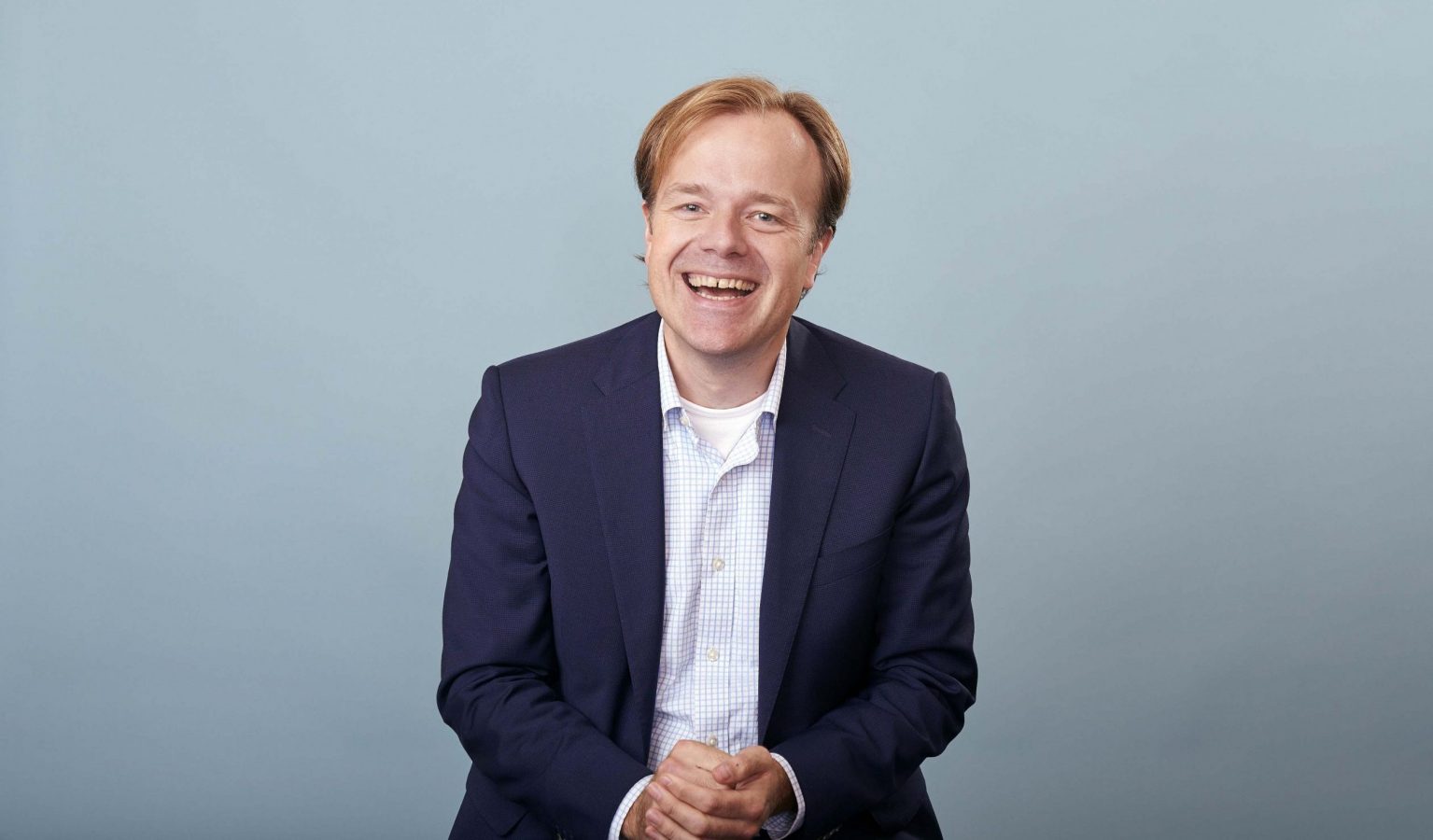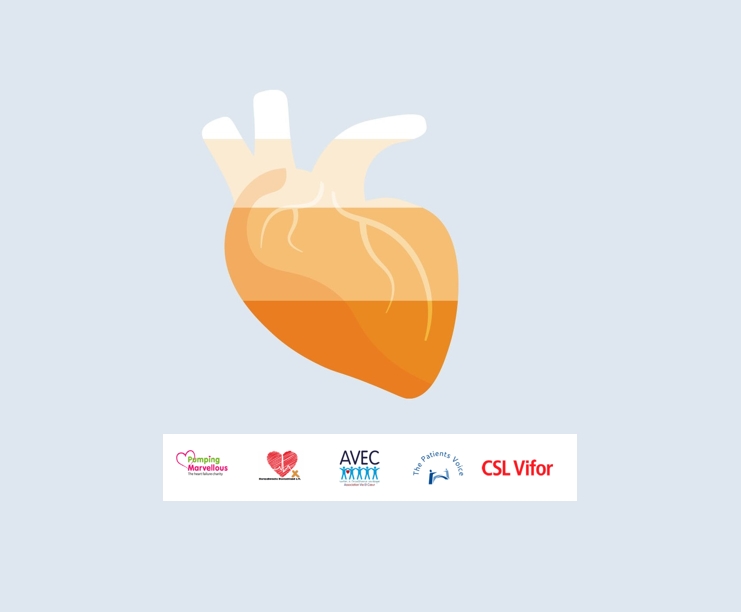A vicious circle of distrust
The pharmaceutical industry and governments in Europe are caught in a vicious circle of distrust, leading to ever higher prices for innovative therapies. This is how the circle works:
- Governments and hospitals are faced with innovative therapies with high prices and high impact on healthcare budgets. Upfront they do not know the exact volume of the new therapies, leading to uncertainty on the budget impact.
- The reaction is to increase Market Access hurdles to reimbursement, e.g. through (temporary) denial of access, conditional access, access for a selective group of patients or requests for more evidence on cost-effectiveness.
- As a consequence, industry is facing a growing risk that an innovative therapy – after years of research and development – will not, slowly, or only partial gain Market Access. In addition, industry is facing higher costs related to the demands for extended clinical research and market development.
- To make this higher risk acceptable to shareholders, returns on investments – and therefore prices – become higher. The need to provide more evidence also translates into higher costs of therapies.
The higher costs leads to payers increasing access hurdles again, which are then becoming even harder to overcome. In this way, the pharmaceutical industry and health authorities find themselves caught in a vicious circle in which both parties become more and more separated from each other. And in the end, the injustice of this situation is that the risk is being shifted to the patient. A growing number of patients cannot access the therapies they need at the moment they need it. Currently, in the case of some expensive oncology therapies, patients are referred to other hospitals to prevent a hospital budget overrun. This is an unacceptable situation.
The quest for solutions
Within Europe, the Dutch Ministry of Health plays a leading role in finding solutions to curb the rising costs of innovative therapies. The Netherlands was for example one of the driving forces behind the European Council Recommendations of last June, in which various solutions are put on the table. In summary, the government aims to curb the rising expenditures by:
(i) strengthening its position in the negotiations on the price for new therapies, through conditional access, (inter)national collaboration in purchasing these therapies, and transparency on pricing agreements;
(ii) stimulating new business models in the industry, such as the Fair Medicine Initiative; and
(iii) reviewing current IP and orphan drug regulations.
New ways of collaborating
Our observation is that these measures will not cause a break in the vicious circle of distrust. It’s time for a new model that reduces cost and risk for both the government and the industry. We introduce here our fixed budget model as a potential solution. This model is characterized by a multiyear agreement between the pharmaceutical company and the government. A fixed annual budget, set on the basis of added value of the product and target patient population, ensures that every patient with the right indication can access the therapy, without incremental costs. The pharmaceutical company is rewarded for her innovation power, not for commercial achievements in maximizing volume. This fixed budget may be lower than the potential result that a company could achieve in the current system, yet it is guaranteed over a longer period of time. In this model, agreements are made on medical support from the pharmaceutical company towards care providers in areas such as medical education and further research.
This model has some great advantages:
- Predictability of annual income for the pharmaceutical company and annual impact on the healthcare budget, leading to a lower risk profile (required return on investment) for the pharmaceutical industry;
- Price and volume are detached, meaning that costs of marketing and sales (about 1/3 of the cost structure of a pharmaceutical company) can be significantly reduced;
- The most important improvement: once a product has entered the market, there is no longer a risk of patients not receiving it because of exhaustion of budgets.
According to our initial calculations, this model can lead to savings at European level of 35 billion euro a year, by red gain ucing costs associated with the investment risk and the marketing and sales of new therapies.
Who makes the first move?
The debate around the costs of innovative therapies will become more intense. Stakeholders have to leave their trench lines in order find real solutions. We should not forget that in the end we have one common goal: more innovation against lower costs in order to ensure patients have access to the best possible therapies, now and in the future. The fixed budget model can be used to start this new dialogue with each other.
* See our webinar: “A radical Product Life Cycle pricing model to break the circle of distrust between payers and pharma.”
Want to know more about Market Access?
Register for one of Vintura’s webinars:



